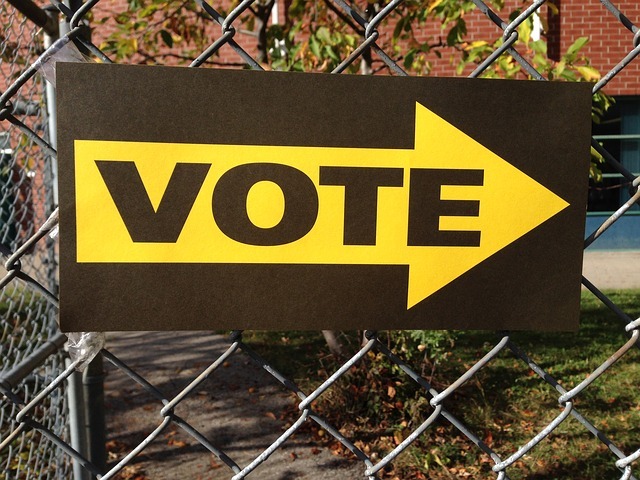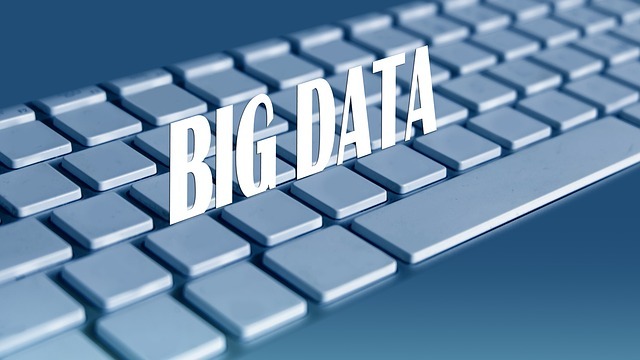Advertisers Looking to Capitalize on Election Year Need to Pay Attention to Stay-at-Home-Moms
On November 8, 2016, Americans will head to the polls to determine who the forty-fifth president of the United States will be. While political parties and candidates openly debate issues like foreign policy, immigration policy, fiscal policy, and tax structure, their campaign managers are busy with another matter altogether — finding out what big data has to say about voters, what they want, and what it will take to get them to check a box in their candidate’s favor.
This won’t be the first presidential election in which big data takes center stage. The Obama camp used it to (quite obvious) success back in 2012. Big data can be leveraged to determine who swing voters are likely to be and what it will take to get those swing votes to sway a certain way. No, candidates aren’t trying to win your vote if you’ve already made up your mind. But if you’re still on the fence, you’re squarely in their sites.
How Big Data Determines Who to Sway for Votes

The 2012 election was the first time that big data made a huge impact on voters, but the Obama camp may have won based on information derived from data analytics.
Interestingly, big data indicates that this year’s demographic group of choice is going to be stay at home moms. How did they determine this? Well, Ohio is always a key state in any presidential election. In fact, no president has ever entered the White House without taking control here. Undecided voters in Ohio, believe it or not, share remarkable similarities to stay at home moms.
Both undecided voters in Ohio and stay at home moms tend to buy lots of salty snacks. They also purchase significant amounts of meat and seafood, cooking supplies, and baking necessities. Additionally, both groups are into shopping for luxury items and binge watching TV shows, particularly on networks like the Comedy Channel, Showtime, Bravo, and TLC. Both groups also like to tune into awards shows, like the Emmys, Grammies, and Oscars.
Some Local Trends Prove to Apply to the Rest of the Nation, Too

When it is time to line up and cast the ballots, the decisions made by stay at home moms could turn the tables for or against either party.
Though this particular phenomenon involves undecided voters in Ohio particularly, there is a chance that this trend could be applicable to undecided voters in the other 49 states. Will it matter that President Obama offended this particular segment of the population (stay at home moms, that is, not undecided voters) just a little over a year ago? That depends on how closely current Democratic candidates snuggle up to the current prez.
What other little oddities does big data find in the voter databases? Democratic voters in Ohio are made up of three demographic groups: students, professional parents with young kids, and parents of older kids. Republican voters in Ohio also consist of three primary groups: new grandparents, middle-class families, and upper middle-class families.
Getting Big Data to Tell It’s Secrets

The data doesn’t just tell campaigns who to target with messages, but it can also tell them what messages are most likely to earn those votes.
In addition to identifying the qualities of undecided voters, big data can lead candidates directly to messages that resonate positively with these groups. For instance, big data can determine what issues are important based on a voter’s social media likes and establish what messages are most likely to sway a vote based on that person’s response to other online advertisements, as well as data like search histories and online shopping habits.
In the end, stay at home moms, or a demographic that looks much like her, is likely to choose the next president of the United States.
Ready to learn more about big data and how it can help your advertising and marketing efforts? Big Data Week is the place for you.


